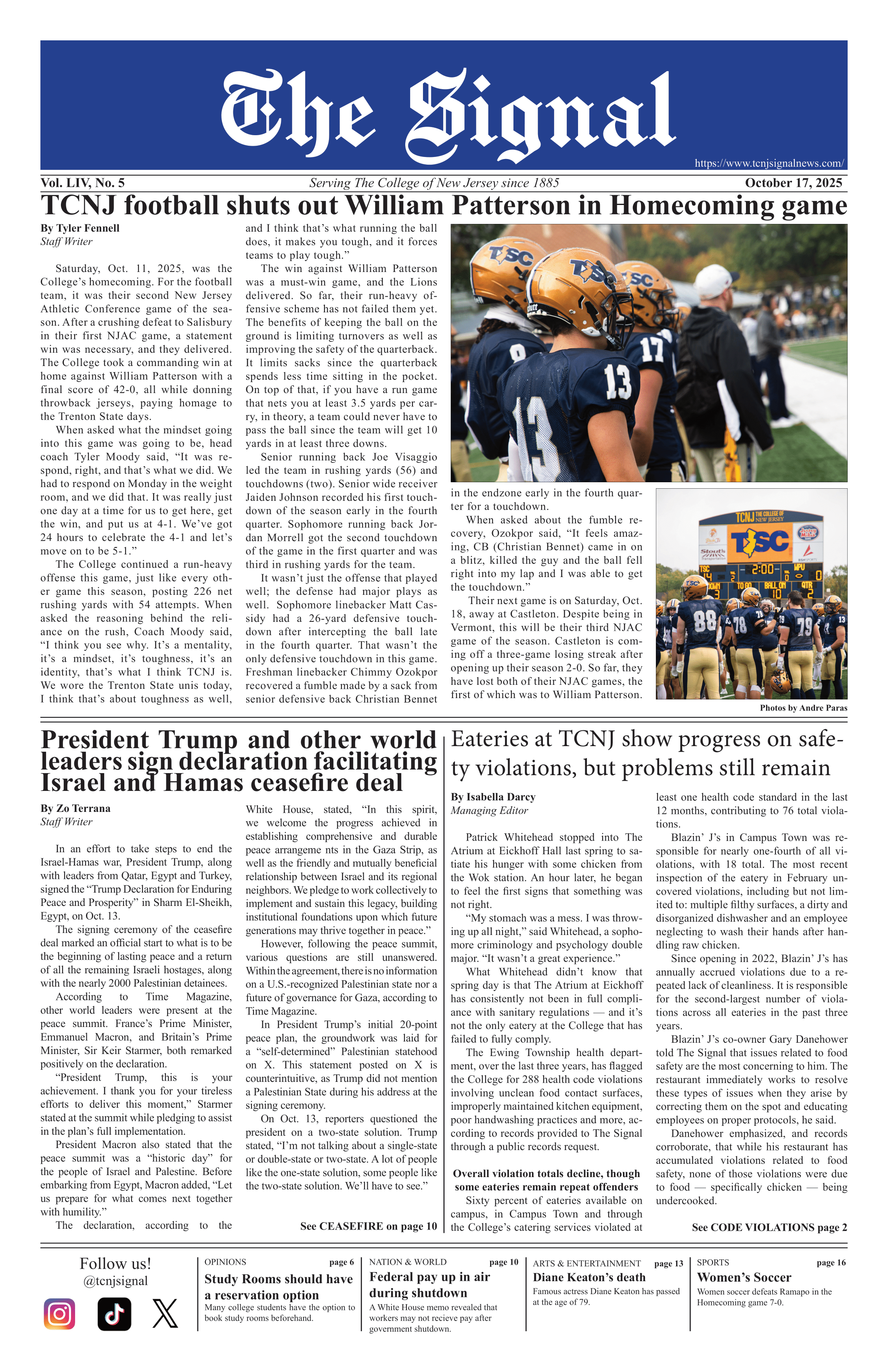Green Hall, Green Lane, the Green Farmhouse … yes, the College is very green. As I mentioned in a previous “history mystery,” Green Hall was named in honor of James M. Green, principal of the New Jersey State Normal School at Trenton from 1889 to 1917. Green Hall and Green Lane however, do not bear the same namesake. Instead, they represent a person and an era dating back long before the College even existed.
William M. Green was among the early settlers in the area, coming to what is now Ewing Township around 1700. He was originally from England, and had sailed to the new land some time before that as a young man looking for new opportunities. Various sources say Green became a prominent citizen of Ewing and was one of the county’s first court judges. Green died in his 50s in June 1722, but his weathered but still-legible grave marker can still be viewed today near the left rear corner of the First Presbyterian Church over on Scotch Road.
The William Green Farmhouse, on the other hand, sits on the southern part of campus, behind Ackerman Park (the baseball field) and Townhouses South. For more information I spoke to Bill O’Neal, a College alumnus and member of the Friends of the William Green Farmhouse, a group of people who are “deeply concerned” about the building’s current state and its future preservation. Although the farmhouse is currently stable and could potentially withstand 30 more years without any major renovations, its future appears to be at a standstill.
“The biggest commitment we’ve had was a few years ago when (the College) decided to stabilize the house,” O’Neal said. This stabilization, he said, took place a few years ago (the Friends’ website says 2007) and was organized by the College. Nevertheless, there has been a lot of turnover among those in charge of the project, and there is both a lack of direction and funds for future plans.
“(The College) needs some kind of specific purpose, and right now there is none,” O’Neal said. “I think the best thing to do with it would be an alumni house or guest house.”
There have been a few other considerations for it, including a coffee house, but the building’s internal structure is another challenge. According to O’Neal, the house is actually made up of different additions that were built in different time periods, resulting in a basement divided into three sections and a maze-like arrangement of upstairs rooms.
 Interestingly, O’Neal has personal connections to the house; he is married to a descendent of the Green family, though he said there are many others living today who can trace their roots back to William Green. O’Neal also said that although the College campus was formed from the land of three different owners, the Green family’s land was big, stretching from where Green Hall (again, not the same Green) stands today to what is now Crescent Avenue in the neighborhood across from the campus’s Green Lane entrance. Green family members also lived near the front entrance of the College until the mid-1990s O’Neal said, including one descendent who lived on Carlton Avenue until his death in 1979. His house is now owned by the College, which means some of you reading this may be living in it now!
Interestingly, O’Neal has personal connections to the house; he is married to a descendent of the Green family, though he said there are many others living today who can trace their roots back to William Green. O’Neal also said that although the College campus was formed from the land of three different owners, the Green family’s land was big, stretching from where Green Hall (again, not the same Green) stands today to what is now Crescent Avenue in the neighborhood across from the campus’s Green Lane entrance. Green family members also lived near the front entrance of the College until the mid-1990s O’Neal said, including one descendent who lived on Carlton Avenue until his death in 1979. His house is now owned by the College, which means some of you reading this may be living in it now!
The Green Farmhouse nevertheless remains the most visible remnant of this past era. Its boarded-up windows and surrounding fence (put there to prevent vandalism) make it a rather sad sight, however. Still, not every college can boast having such a landmark (the farmhouse is included in both the state and national registers of historical places), and I think we should all hope it will be here for years to come.






